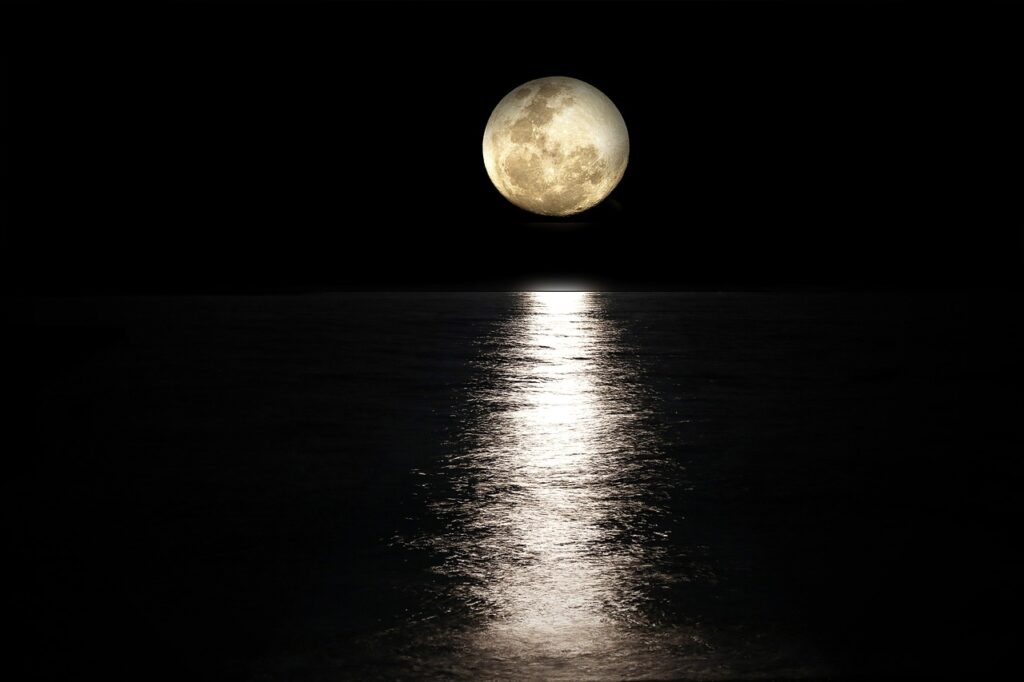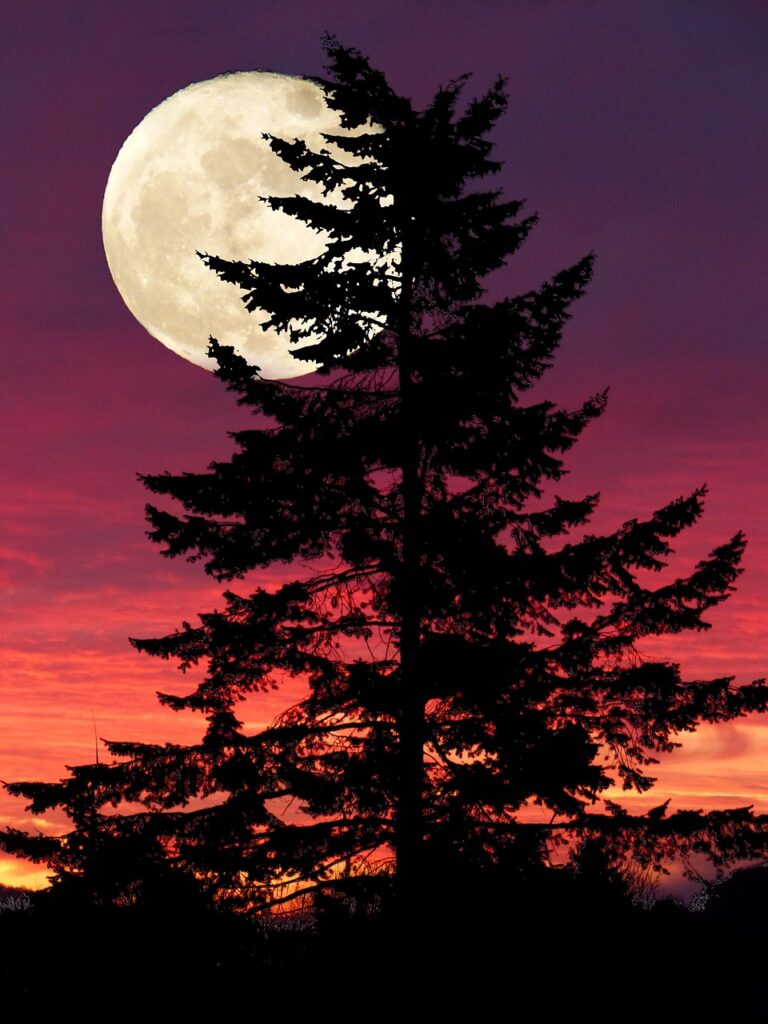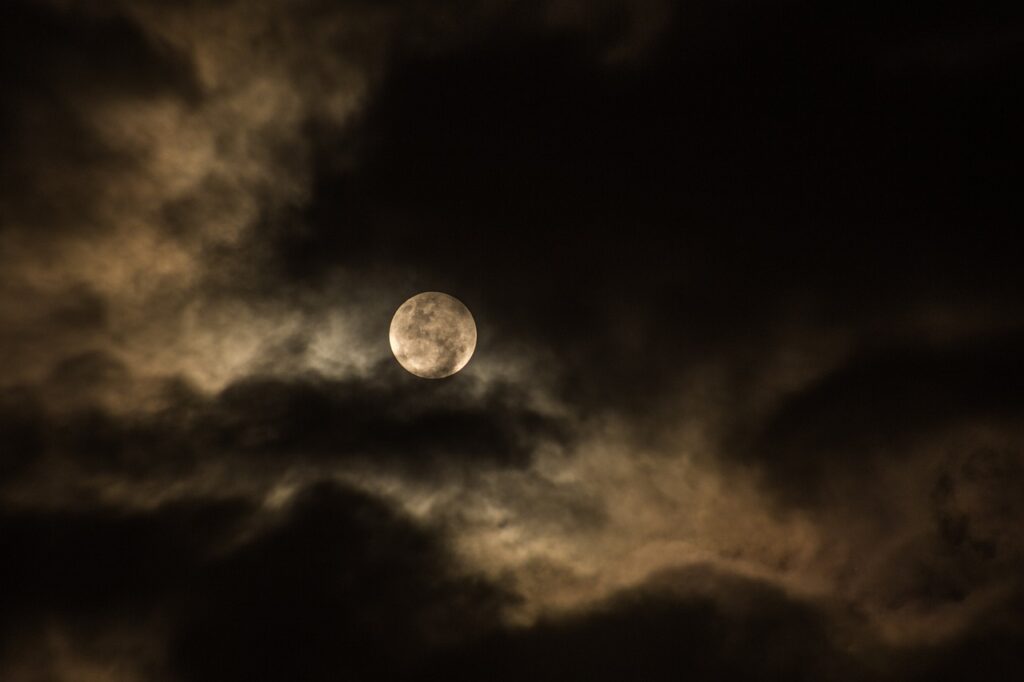Pink Moon to Light Up the Night Sky This Week

The Pink Moon, the second full moon of spring, will be visible from Tuesday until Thursday morning, according to the U.S. Naval Observatory. The moon will reach its fullest at around 7:49 p.m. EDT on Tuesday. To get the best view of the full moon, it is recommended to find an open area and observe just before moonrise.
Pink Moon's Name and Significance

Despite its name, the Pink Moon is not actually pink in color. The name comes from the pink creeping phlox (or moss phlox) flowers that bloom in North America during early spring. This full moon is also known by other names, such as the Sprouting Grass Moon, the Egg Moon, and the Fish Moon.
The Pink Moon is the fourth full moon of 2023 and marks the first day of the Jewish holiday Passover, earning it the additional name of Passover Moon. The moon goes through eight phases during its 29.5-day cycle, appearing as a perfect circle in the sky during the full moon phase due to the entire side facing Earth being illuminated by the Sun’s rays.
The Paschal Moon, also known as the Easter Moon, is the first full moon after the spring equinox and helps determine the date of Easter. Easter always falls on the Sunday after the Paschal Moon, which occurred on March 24 this year. However, if the full moon falls on a Sunday, then Easter will land on the following Sunday.
Other Celestial Bodies Visible This Week
In addition to the full moon, other celestial bodies will be visible in the sky this week. Mars will be visible above the eastern horizon around twilight on Tuesday morning, while Saturn will be visible above the eastern to southeast horizon. Mercury will rise close to the sun about 22 minutes after twilight, making it faint to the naked eye.
Jupiter will be visible above the west to northwest horizon around 8:56 p.m. EDT on Tuesday. The Lyrids meteor shower, which peaked in the late evening of April 21 into April 22, will continue until April 29. However, the brightness of the full moon may make it difficult for viewers to catch a glimpse of the remaining meteors in this medium-strength shower.
The Lyrids meteor shower can produce a number of meteors, including some fireballs. The full moon could make it difficult for viewers to catch a glimpse of the rest of this medium-strength shower, but some meteors may still be visible.

Pink Moon Viewing Tips

To get the best view of the Pink Moon, it is essential to find an open area with minimal light pollution. The moon will appear its usual golden color near the horizon and fade to a bright white as it glides overhead.
The exact rising and setting times of the moon vary depending on location. In Eugene and Salem, Oregon, for example, the moon rises at 7:10 p.m. on Tuesday. Websites like the Old Farmer’s Almanac provide a moon rise and set calculator to help determine the best viewing times for specific locations.
Barring any evening clouds, the moon should be visible toward the northwest in the sky. To the naked eye, the moon will appear full for about three days, from Monday morning to Thursday morning, according to NASA.
Observing the April Full Moon

The Pink Moon offers a unique opportunity to observe a beautiful celestial event and enjoy the night sky. While the moon may not appear pink, its name is a reminder of the vibrant spring blooms that accompany this time of year.
By following the viewing tips and keeping an eye out for other celestial bodies and the Lyrids meteor shower, skywatchers can make the most of this celestial event and appreciate the wonders of the universe.



